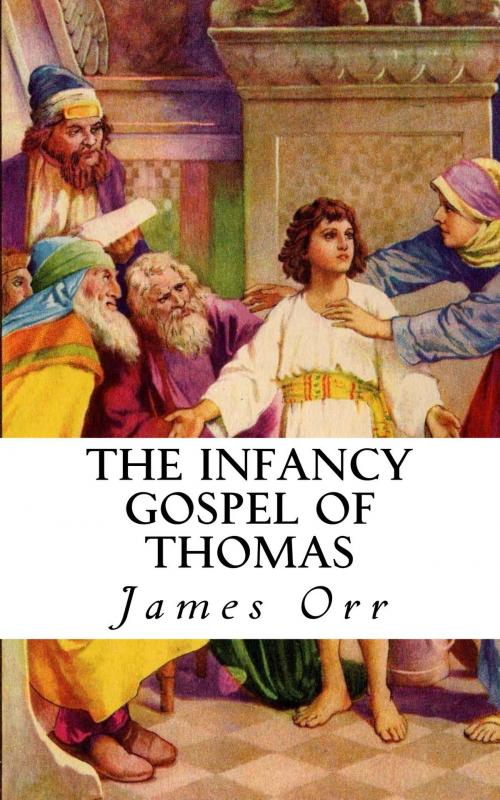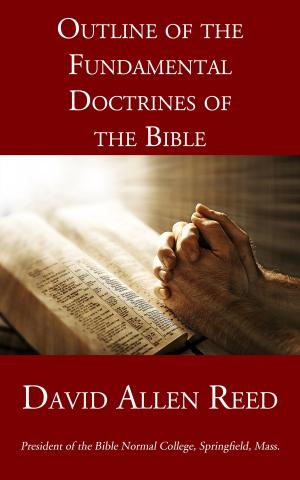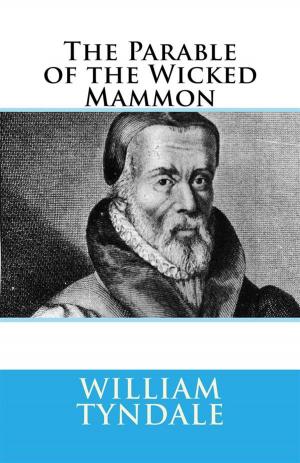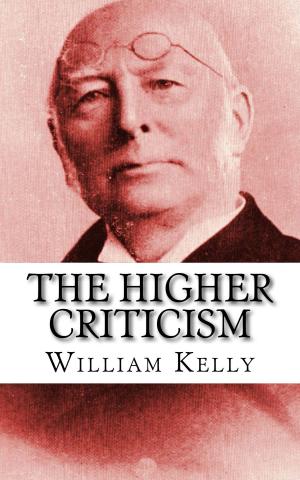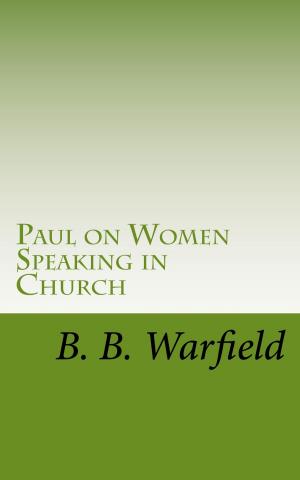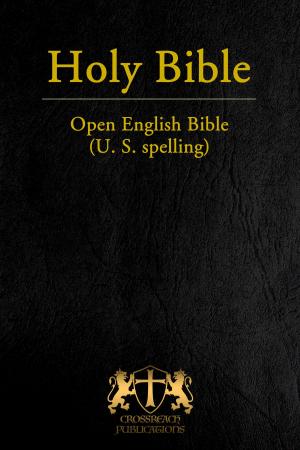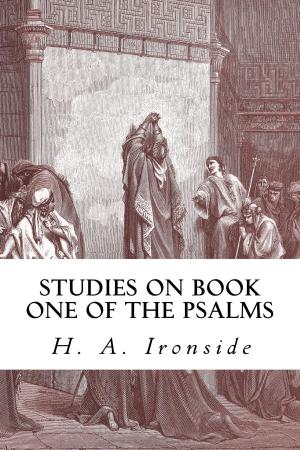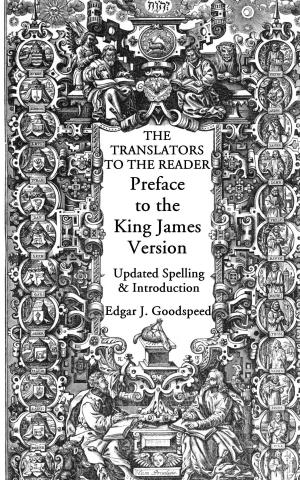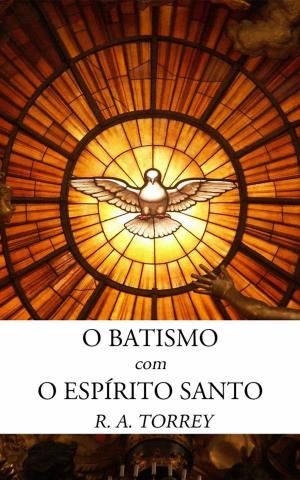The Infancy Gospel Of Thomas
(Thomas the Israelite Philosopher’s Account of the Infancy of the Lord.)
Nonfiction, Religion & Spirituality, Christianity, Church, Church History| Author: | James Orr | ISBN: | 1230001917918 |
| Publisher: | CrossReach Publications | Publication: | September 20, 2017 |
| Imprint: | Language: | English |
| Author: | James Orr |
| ISBN: | 1230001917918 |
| Publisher: | CrossReach Publications |
| Publication: | September 20, 2017 |
| Imprint: | |
| Language: | English |
Introduction
The Canonical Gospels. As far back as we can trace them the four Gospels known as Canonical hold a place of honour and authority peculiar to themselves. Irenæus of Gaul (circa a.d. 175) recognises four, and only four, Gospels as the ‘pillars’ that uphold the Church (Adv. Haer. iii. 8). Origen, in the beginning of the next century (a.d. 220), speaks of them as ‘the four Gospels which alone are uncontroverted in the Church of God spread under heaven’ (Euseb., H. E. vi. 25). Justin Martyr, in the middle of the second century, narrates that the ‘Memoirs of the Apostles,’ which are called Gospels, were read every Sunday in the assemblies of the Christians (Apol. 66, 67). That these Gospels were those we now possess we can tell, not only from Justin’s description of them, and allusions to their contents (cp. Sanday’s Gospels in Second Century, chap. iv.), but from the harmony made of them by his disciple Tatian in his Diatessaron (now recovered in Arabic translations). Our four Gospels, and these only, stand at the head of the ancient Syriac (Peshitta), the Latin and the Egyptian versions (cp. Westcott and Hort), and of the old list known as the Canon of Muratori (circa a.d. 180). Within the Church, in short, our four Gospels, attributed by second-century writers to their present authors, had never any rivals.
Introduction
The Canonical Gospels. As far back as we can trace them the four Gospels known as Canonical hold a place of honour and authority peculiar to themselves. Irenæus of Gaul (circa a.d. 175) recognises four, and only four, Gospels as the ‘pillars’ that uphold the Church (Adv. Haer. iii. 8). Origen, in the beginning of the next century (a.d. 220), speaks of them as ‘the four Gospels which alone are uncontroverted in the Church of God spread under heaven’ (Euseb., H. E. vi. 25). Justin Martyr, in the middle of the second century, narrates that the ‘Memoirs of the Apostles,’ which are called Gospels, were read every Sunday in the assemblies of the Christians (Apol. 66, 67). That these Gospels were those we now possess we can tell, not only from Justin’s description of them, and allusions to their contents (cp. Sanday’s Gospels in Second Century, chap. iv.), but from the harmony made of them by his disciple Tatian in his Diatessaron (now recovered in Arabic translations). Our four Gospels, and these only, stand at the head of the ancient Syriac (Peshitta), the Latin and the Egyptian versions (cp. Westcott and Hort), and of the old list known as the Canon of Muratori (circa a.d. 180). Within the Church, in short, our four Gospels, attributed by second-century writers to their present authors, had never any rivals.
